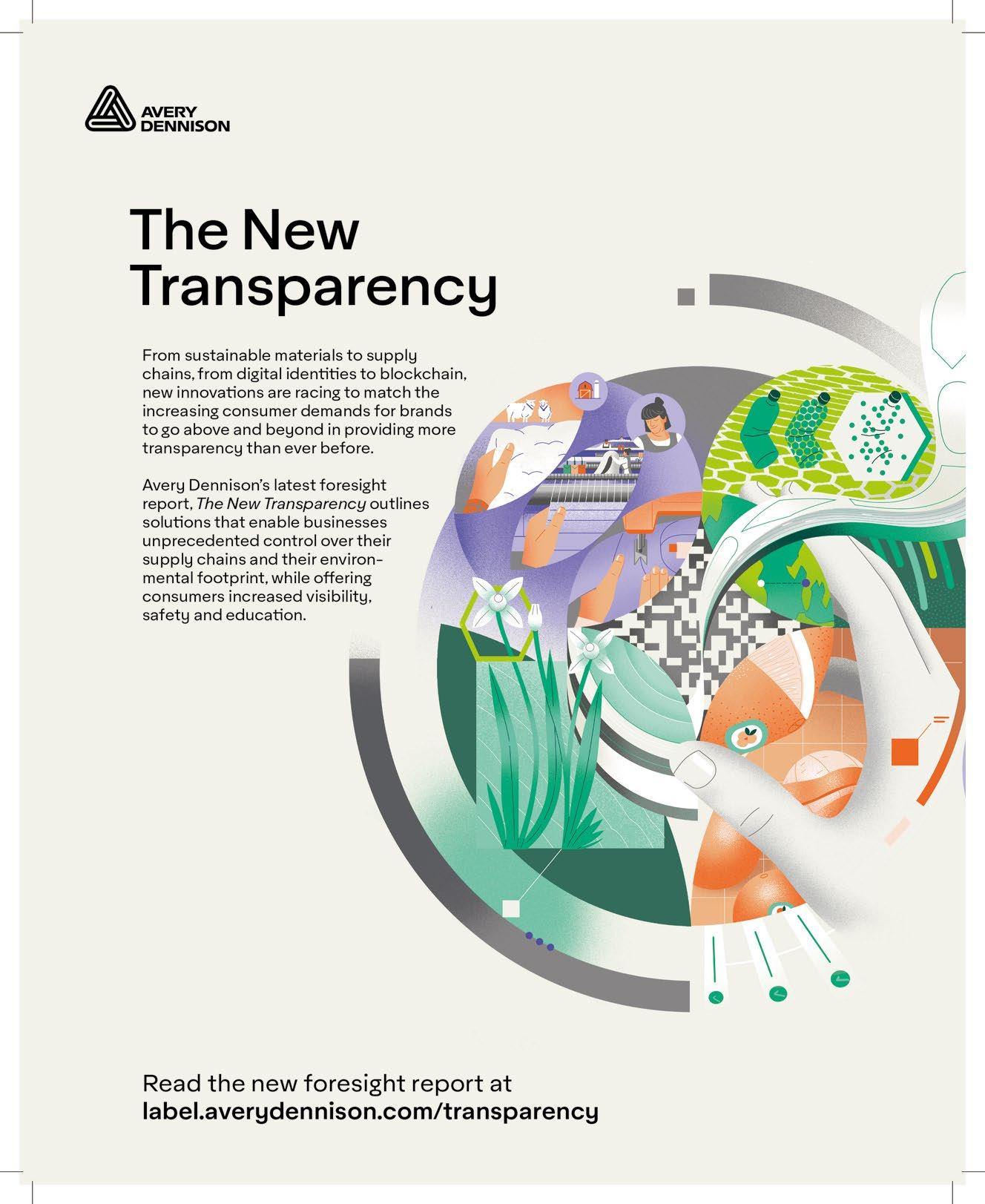
2 minute read
What’s next for Sustainability Awards
HOLYGRAIL: WHAT’S NEXT FOR LAST YEAR’S WINNER?
We’re all eager to find out the overall winner of the Sustainability Awards 2020. Before we do, we wanted to catch up with last year’s overall winner, HolyGrail, to find out what they have been up to since they scooped the award.
The overall winner of last year’s Sustainability Awards was the pioneering HolyGrail project. Under the auspices of AIM, HolyGrail comprises over 80 members who have come together to develop and scale a solution to help with the efficient sorting of packaging. Effective sorting of waste is a big barrier to wider recycling of packaging materials, and currently there simply aren’t the collecting and sorting systems needed to create a truly circular economy.
The first phase of HolyGrail concluded in May 2019, but that was just the beginning. To give a brief recap on this, the initial goal of the first phase of the project was to investigate ways to radically improve sorting technology through digital watermarking. Digital watermarks are imperceptible codes, the size of a postage stamp, covering the surface of a consumer goods pack. They can carry a wide range of attributes such as manufacturer, SKU, type of plastics used and composition for multilayer objects, food vs. non-food usage, etc.
“Innovation, sustainability and digital are the three key ingredients we are combining with smart packaging through digital watermarks to achieve the objective of the Green Deal towards a clean, circular and climate neutral economy,” said AIM’s director general Michelle Gibbons.
During the course of the project, significant progress was made with ‘invisible codes’ being integrated into both printed materials and directly into a mould. This successful first phase of the project was capped off with its being named the Overall Winner award at the Sustainability Awards 2020.
Where are they now?
One year later, we wanted to catch up with our winners to find out what stage the project is at now, and its plans for the months ahead.
Phase two of the project will see it being put into practice on a much wider scale, including the launch of an industrial pilot to prove the viability of digital watermark technologies for more accurate sorting of packaging and higher-quality recycling. It also hopes to prove the business case at large scale in the process.
“Holy Grail 2.0 is the next phase of the initiative which we are looking to expand to a much greater scale through the piloting and testing of this new digital watermark technology,” said Gareth Callan, HolyGrail project lead at PepsiCo, one of the brands involved in the project. “As a result of this in 2021, PepsiCo and other companies will trial invisible watermarks on the surface of some of our product packaging. The new technology has the potential to make life easier for consumers to recycle their packaging by solving some of the system-wide challenges that exist around the sorting of packaging in waste management facilities.”
After all, he adds: “The vast majority of people have the best intentions to recycle, but we don’t always have the time to think about which bin to put our used packaging in. This digital watermark means that consumers won’t have to worry about which plastic polymer is which and for waste processers it could mean a larger volume of high-quality material recycled.” n
Michelle Gibbons











